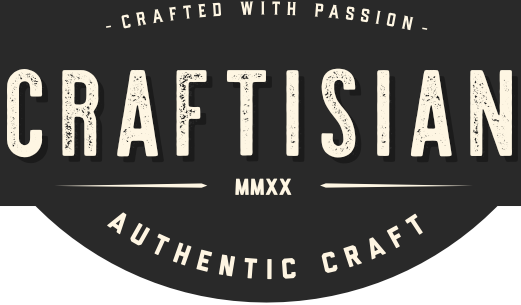Share your craft projects
Make new craft buddies
Ask craft questions
Blog your craft journey
A decent bench top type planer has rollers that will force the wood flat against its bed. If the wood is long, the weight extending out will allow the planer to tip, but still keep the wood pressed flat.
If the setup is on a bench, this could be an obvious hazard, but of you have the planer on the floor and just let it rock, it'll actually work nicely for long (8') stock.
The stands (I have a set of those Rocklers prevent this, but no need to be perfectly inline. You actually want them a tad lower so the board doesn't hit them and knock them over. Consider them to be there to keep your work from falling off the bench.
With a jointer, the operator is the one keeping the wood flat against the table so anything to keep the wood from tipping as the end leaves the table is a must. This is where having a machine with long tables is great. Ideally the piece you are jointing should still have full table contact until it is past the cutter.
With the roller stands, same issues but worse. If they are too low, your wood may drop a bit before being supported again with the roller (messes up the cut). Same thing if too high and the board lifts.
A jointer can do nice work, but the learning curve is steep since you are trying to turn a board with a concave edge (only two contact points at the ends) or one with a convex edge (one contact point) into a straight edge.
For this reason I like to use a jig on the table saw to get the edge straight, then if I want it to have nicer edge without any saw took marks or burn, I'll do a pass on the jointer.
IMO, the stands are great for support when the workpiece is not going to be moving onto or off of the stand. Beyond that they are only good for catching a board that is already above it so it doesn't tip (much) as the cut is in progress.
If the setup is on a bench, this could be an obvious hazard, but of you have the planer on the floor and just let it rock, it'll actually work nicely for long (8') stock.
The stands (I have a set of those Rocklers prevent this, but no need to be perfectly inline. You actually want them a tad lower so the board doesn't hit them and knock them over. Consider them to be there to keep your work from falling off the bench.
With a jointer, the operator is the one keeping the wood flat against the table so anything to keep the wood from tipping as the end leaves the table is a must. This is where having a machine with long tables is great. Ideally the piece you are jointing should still have full table contact until it is past the cutter.
With the roller stands, same issues but worse. If they are too low, your wood may drop a bit before being supported again with the roller (messes up the cut). Same thing if too high and the board lifts.
A jointer can do nice work, but the learning curve is steep since you are trying to turn a board with a concave edge (only two contact points at the ends) or one with a convex edge (one contact point) into a straight edge.
For this reason I like to use a jig on the table saw to get the edge straight, then if I want it to have nicer edge without any saw took marks or burn, I'll do a pass on the jointer.
IMO, the stands are great for support when the workpiece is not going to be moving onto or off of the stand. Beyond that they are only good for catching a board that is already above it so it doesn't tip (much) as the cut is in progress.









